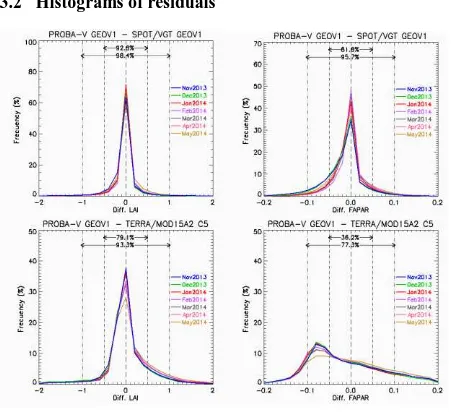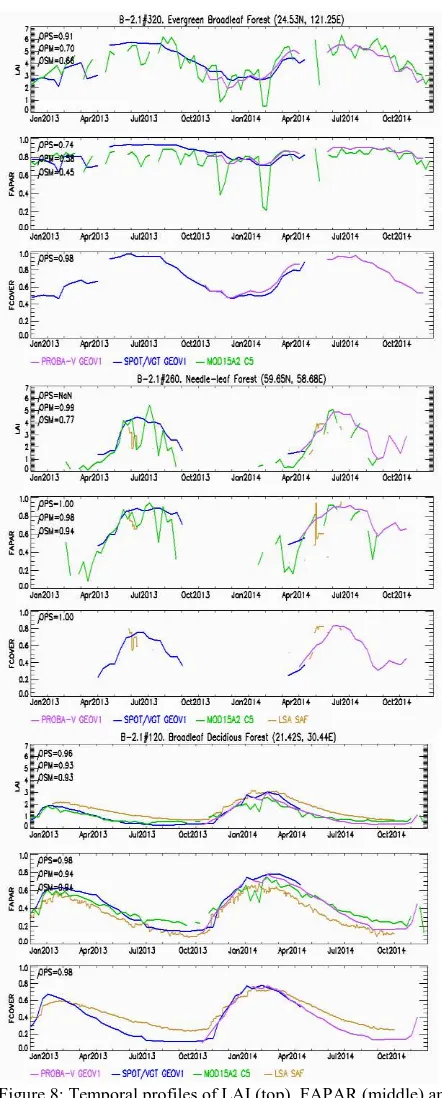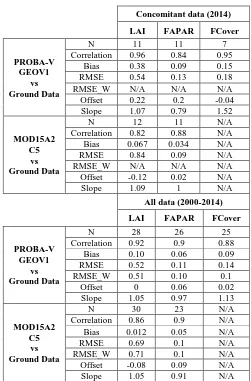isprsarchives XL 7 W3 93 2015
Teks penuh
Gambar




Garis besar
Dokumen terkait
Land degradation was assessed by adopting new approach through the integration of GLASOD/FAO approach and Remote Sensing / GIS techniques .The main types of human induced
In this framework, the main objectives of this study are: (1) To introduce a software tool (IndiFrag) for the extraction of urban LULC metrics at different levels and
Statistical indexes based on basic geographic element point at the ratio of different land cover types, which is used to recognize the dynamic variation for the specific
The locally-adaptive algorithm we developed using time series of MODIS-derived NBR index outperformed all the global products in mapping the extent and number of
In order to achieve sustainable urban land use and an appropriate provision of ecosystem services, the monitoring of urban vegetation must be reflected against the background
The GHG-CCI data products and related documentation are freely available via the GHG-CCI website and yearly updates generated with improved retrieval algorithms and covering
1. “ Demonstration ” : products are provided to users with a very limited commitment on the quality or availability of the service but they have been considered useful to be
In the M 4 Land system, SLC is configured to use spectral configurations and acquisition parameters from the used satellite sensors (in this case RapidEye),
